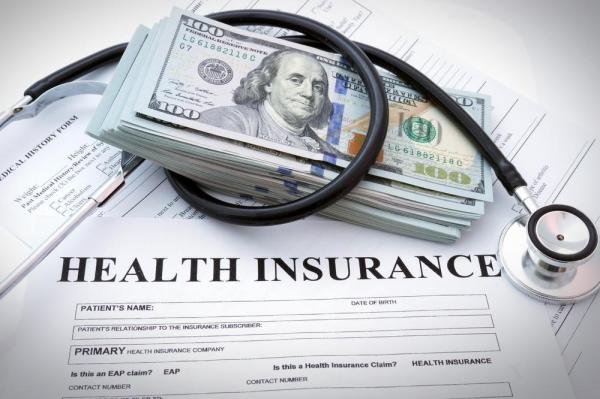1 in 3 U.S. children lack adequate health insurance, study finds
By Alan Mozes, HealthDay News

Roughly one-third of children in the United States are "underinsured," according to new research. File Photo by designer491/Shutterstock
Though they live in one of the world's richest nations, a growing number of young Americans are without ample health insurance.
A new study reports that 34% of U.S. kids age 17 and under were "underinsured" in 2019. That means their insurance failed to address their overall health needs, ensure access to preferred providers, that it came with high out-of-pocket costs or wasn't in effect at all times.
And the trend appears to be getting worse, given that 30.6% lacked adequate coverage in 2016.
That means there are 2.4 million more at-risk kids whose insurance is not cutting it. And researchers say a large portion of the flimsy coverage is private -- not public -- insurance.
RELATED Death rates declined in states that expanded Medicaid in 2014, study shows
"Inadequate insurance -- mainly experienced as high out-of-pocket costs -- causes families to delay, sometimes even forgoing, the medical care their child needs," said study author Dr. Justin Yu, an assistant professor of pediatrics at the University of Pittsburgh Medical Center Children's Hospital of Pittsburgh.
"Especially for children with chronic and complex health conditions, families have to choose between paying for their child's medical care or basic necessities like food and housing," he said.
For the new study, Yu and his colleagues analyzed data from a federal government survey conducted between 2016 and 2019.
RELATED Survey: Family health insurance premiums rise 4% this year, up 47% since 2011
The National Survey of Children's Health is a yearly look into the physical and mental health of more than 73 million Americans under age 18.
On average, just over two-thirds were deemed to have continuous and adequate insurance coverage over the four-year study period. But roughly 1 in 3 did not.
The researchers said having "unreasonable" out-of-pocket medical expenses, rather than a lack of insurance, was the main problem.
RELATED Study: Nearly 13M in U.S. skip, delay meds due to cost
And that, they said, reflects a growing pattern in which private insurance companies increasingly off-load their overhead by imposing higher copays, premiums and deductibles.
Because regulations make transfers of such cost burdens less likely in public programs such as Medicaid or the Children's Health Insurance Program, kids covered by private insurance are more vulnerable to being underinsured, the authors said.
At the same time, however, Yu said more and more kids have been shifted off Medicaid and CHIP in recent years, in favor of private coverage with diminishing returns. He attributed that to a combination of economic incentives as well as state and federal policy decisions.
This may also explain why the study found that children from relatively wealthier households -- those considered middle-class and well-educated -- appear to be bearing much of the increased risk.
Rising underinsurance rates were notably higher among kids in households at or above 200% of the federal poverty line, the study found.
To address the problem, major policy reforms must be considered, Yu said.
"This includes further expanding Medicaid eligibility criteria for children, expanding Social Security income financial assistance for families of children with disabilities and chronic health conditions, and consideration of a national single-payer child health insurance program," he said.
Katie Keith, a researcher with Keith Policy Solutions LLC in Washington D.C., and an adjunct professor of law at Georgetown University, reviewed the findings.
"The documented increase in underinsurance for children is very concerning, and troublingly consistent with similar findings for adults," she said, adding that growing consumer costs, driven by rising deductibles and out-of-pocket expenses, are linked to underlying health care costs, which continue to rise rapidly.
"Underinsurance for children is particularly troubling, because of the long-term impact it can have on a family's financial stability and their ability to access the health care that their child needs," Keith said.
She and Yu agreed that passage of the Affordable Care Act (Obamacare) in 2010 has helped to prevent an even more concerning situation.
"Things would arguably be much worse for children's coverage in the absence of the ACA," Keith said.
"But this [study] suggests a need for perhaps the expansion of public coverage, like Medicaid and CHIP, to more children," she added. "And even greater out-of-pocket protections for families through marketplace coverage."
The findings were published Monday in the journal Pediatrics.
More information
For more about health insurance coverage, visit the U.S. Centers for Disease Control and Prevention.
Copyright © 2021 HealthDay. All rights reserved.

No comments:
Post a Comment